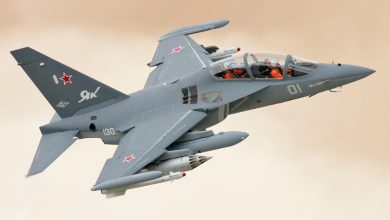
BAE Systems Secures $14 Million DARPA Contract for Groundbreaking MAX Initiative
The Defense Advanced Research Projects Agency (DARPA) has granted BAE Systems’ FAST Labs™ research and development division a $14 million contract for the Massive Cross Correlation (MAX) initiative. BAE Systems will innovate technology geared towards facilitating the deployment of cutting-edge signal processing and computation on a newly defined compact category of military platforms.
Signal processing serves as the foundation of essential Department of Defense (DoD) technologies, encompassing sensing, imaging, and communication systems. Correlators are an indispensable resource for analyzing, contrasting, and ultimately processing signals. Existing digital correlators are voluminous, energy-intensive apparatuses that resemble the size of a briefcase. BAE Systems’ strategy for creating analog correlators aims to sustain or enhance performance while minimizing the system to the dimensions of a hockey puck.
“More compact and efficient systems enhance size, weight, power, and cost metrics to enable comprehensive signal processing closer to the edge, or on platforms functioning in contested airspace,” stated Bryan Choi, technology development director at BAE Systems’ FAST Labs. “This groundbreaking analog correlator technology can lead to improved decision-making, facilitate the deployment of mission-critical technologies on smaller platforms, and generate a new category of systems.”
Within the scope of this program, BAE Systems aspires to deliver a dramatically more power-efficient analog correlator featuring high dynamic range and extensive bandwidth. This will unlock new capabilities, encompassing synthetic aperture radar image classification and formation, automatic target recognition, passive coherent location, and jam-resistant communications in compact form factor platforms.
Efforts on this program, which is part of BAE Systems’ sensor technologies portfolio, involve collaboration with the subcontractor, the University of Minnesota.






